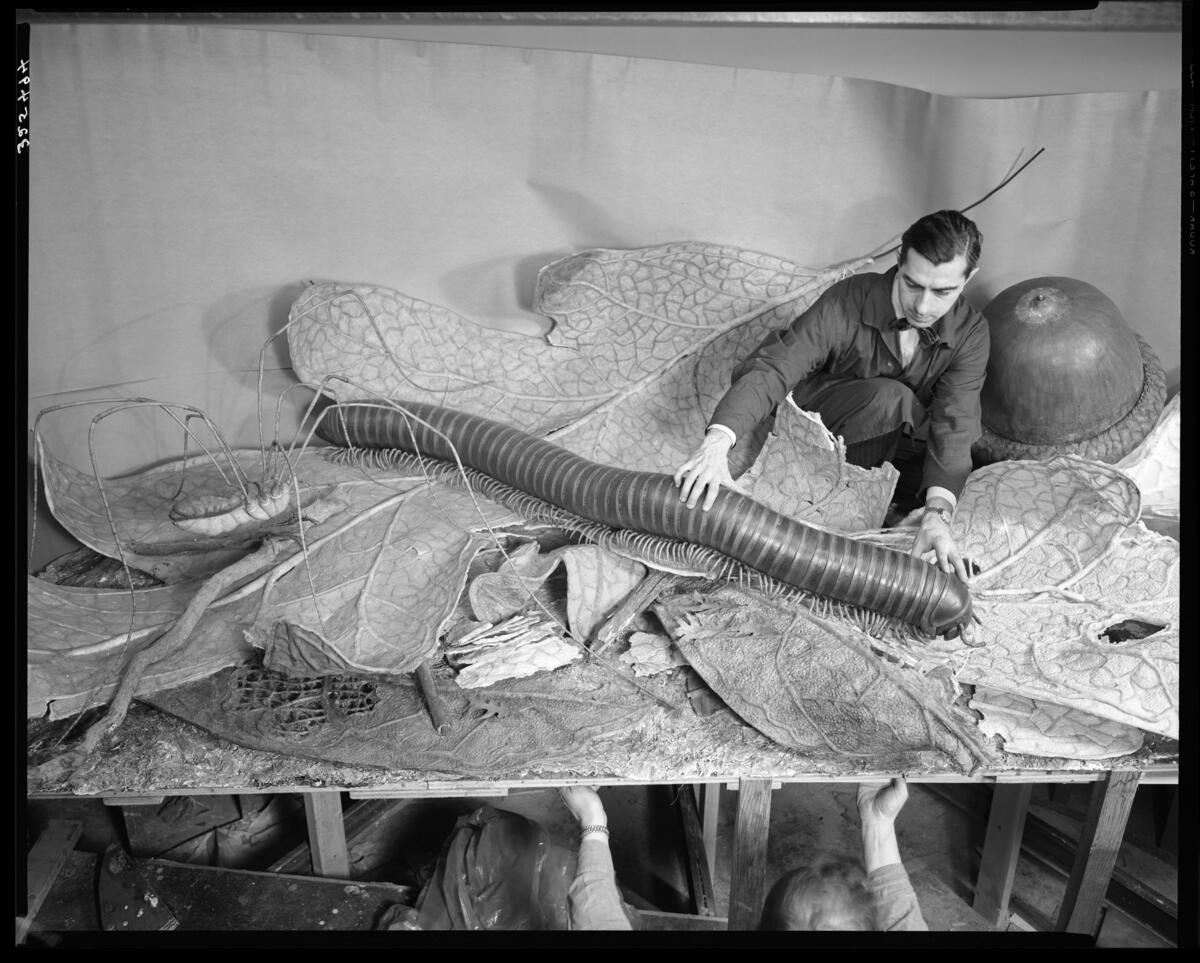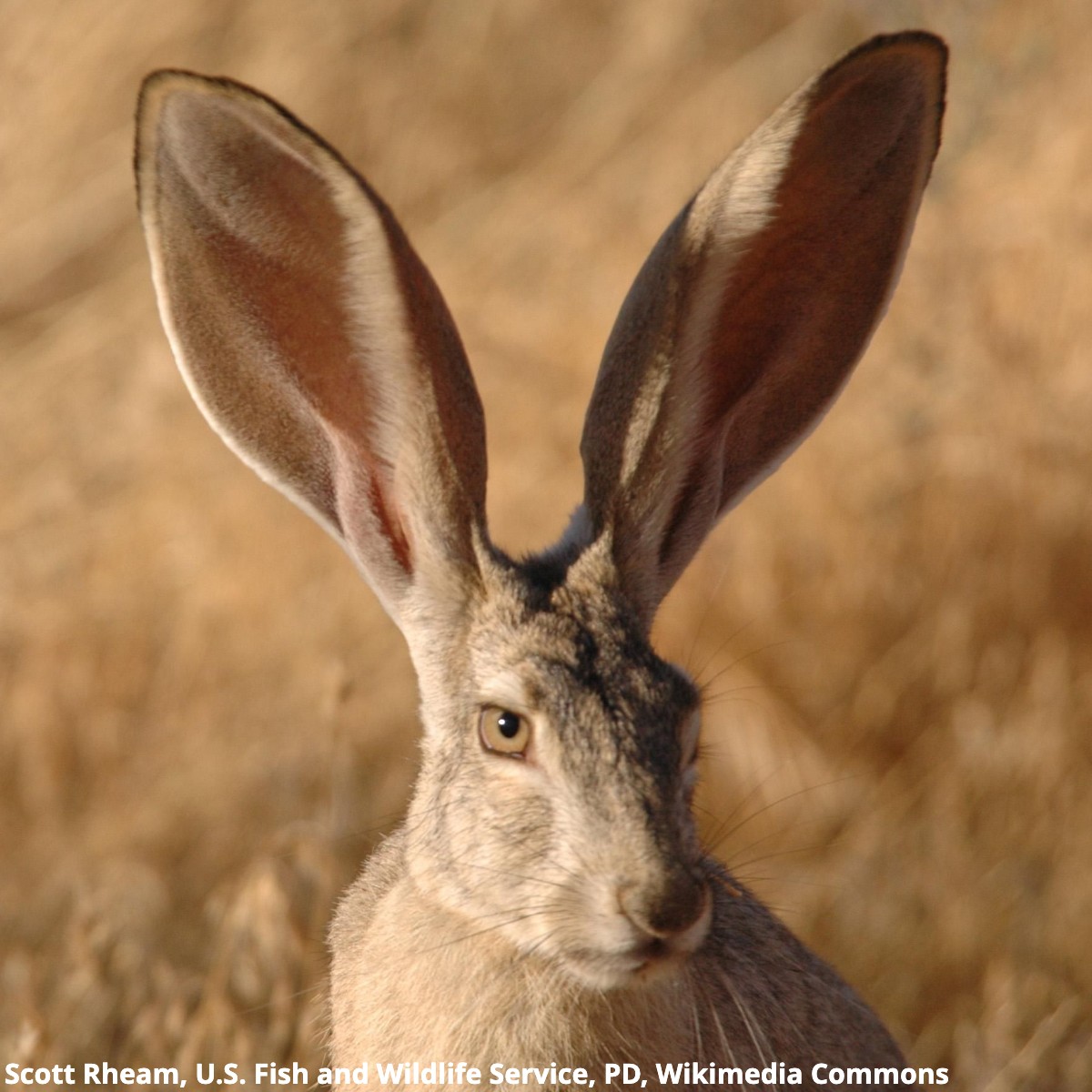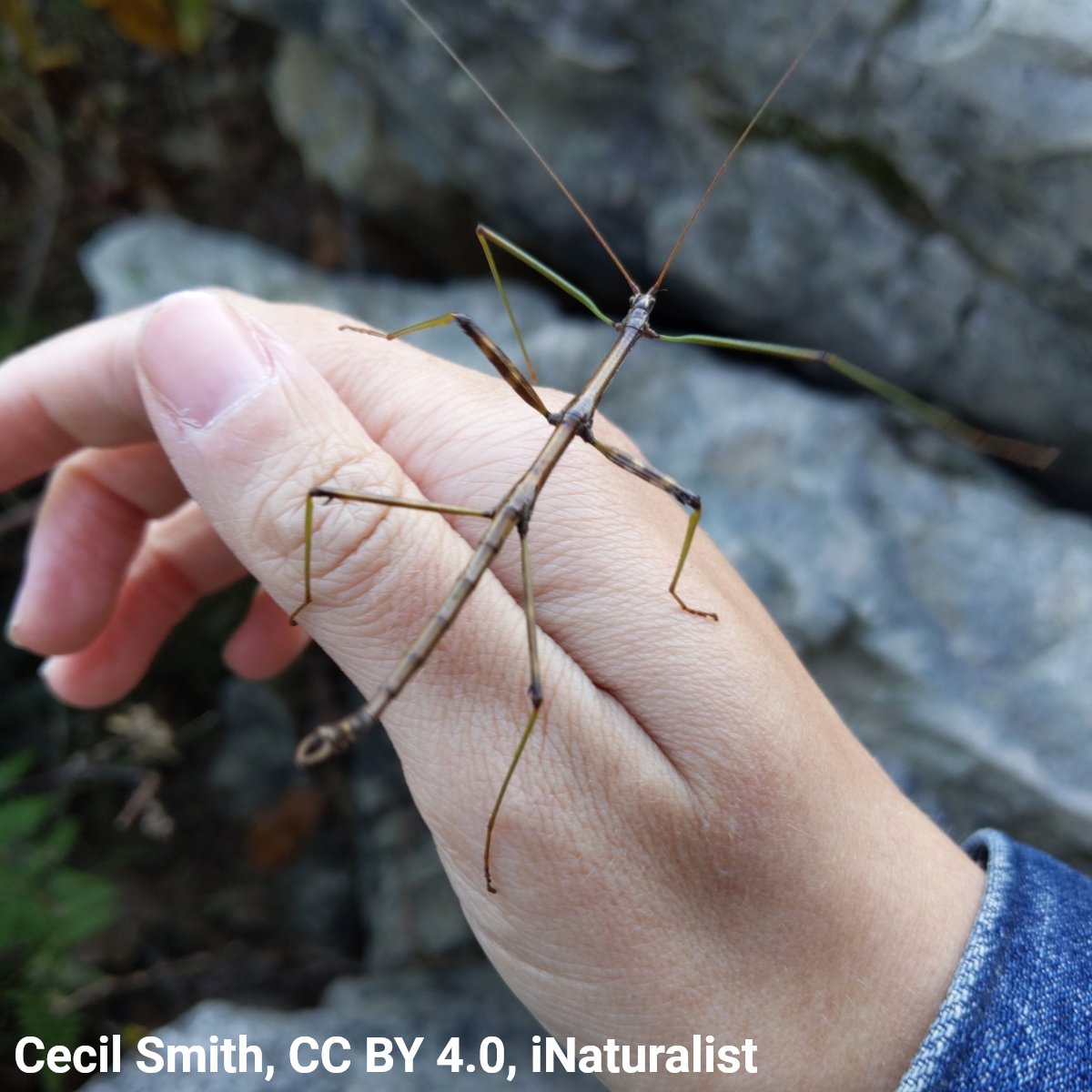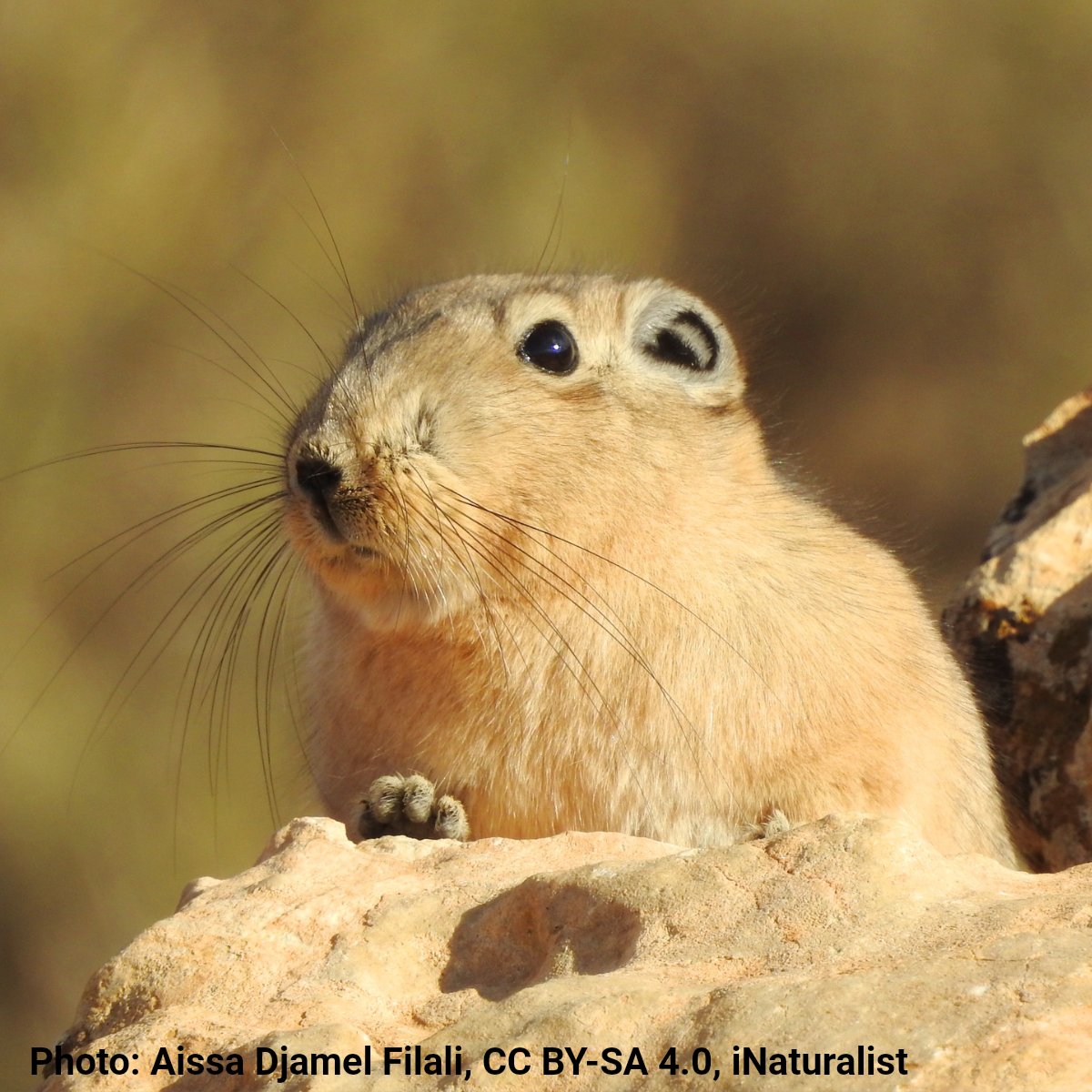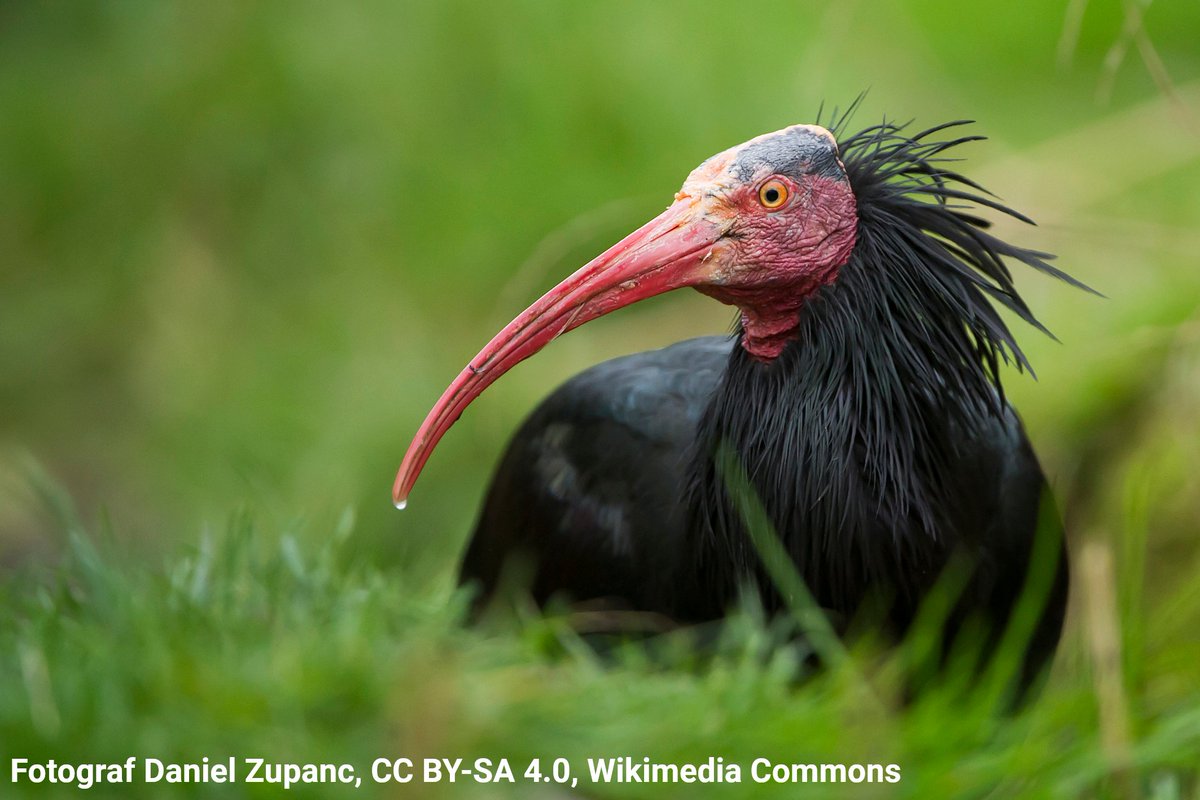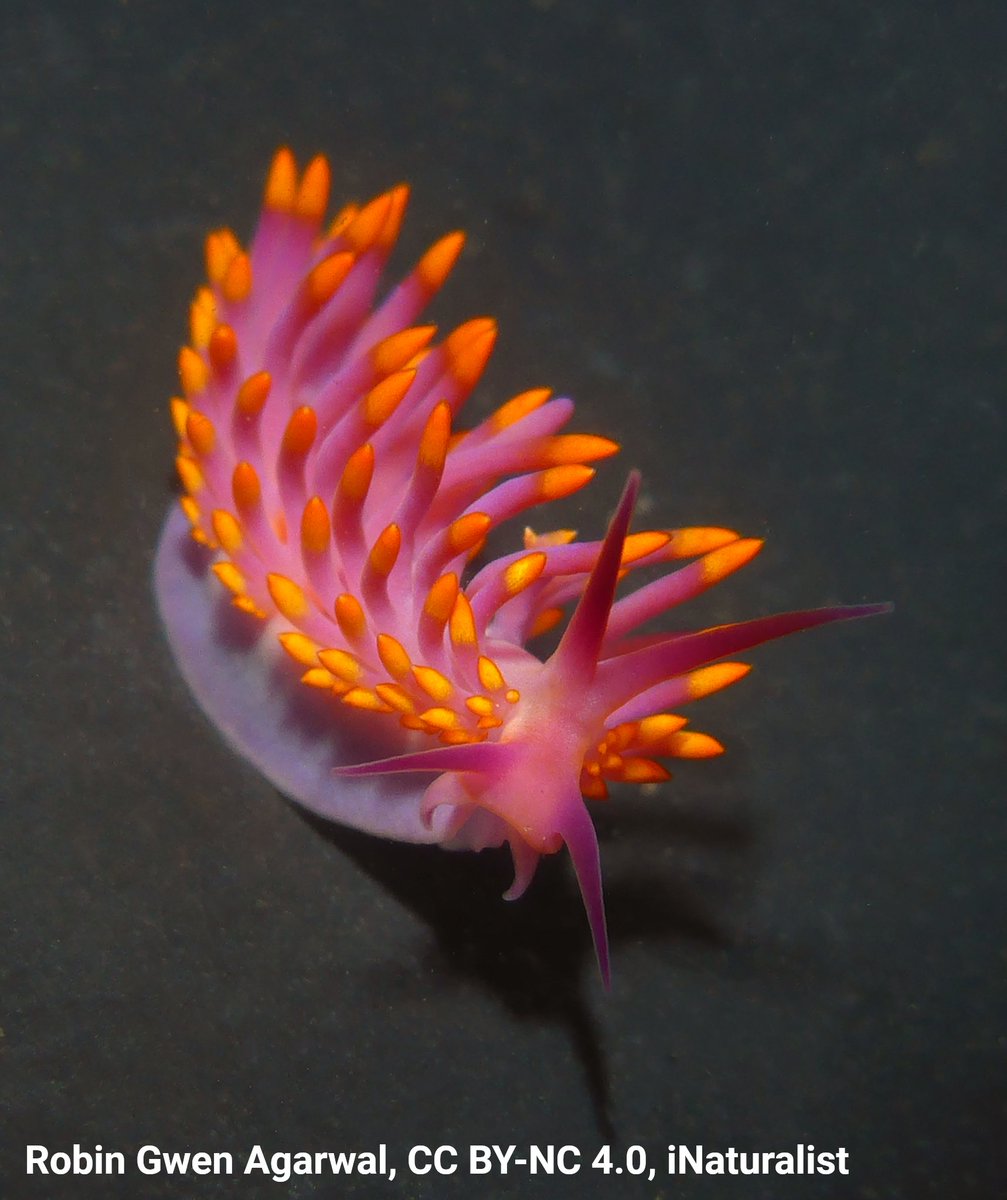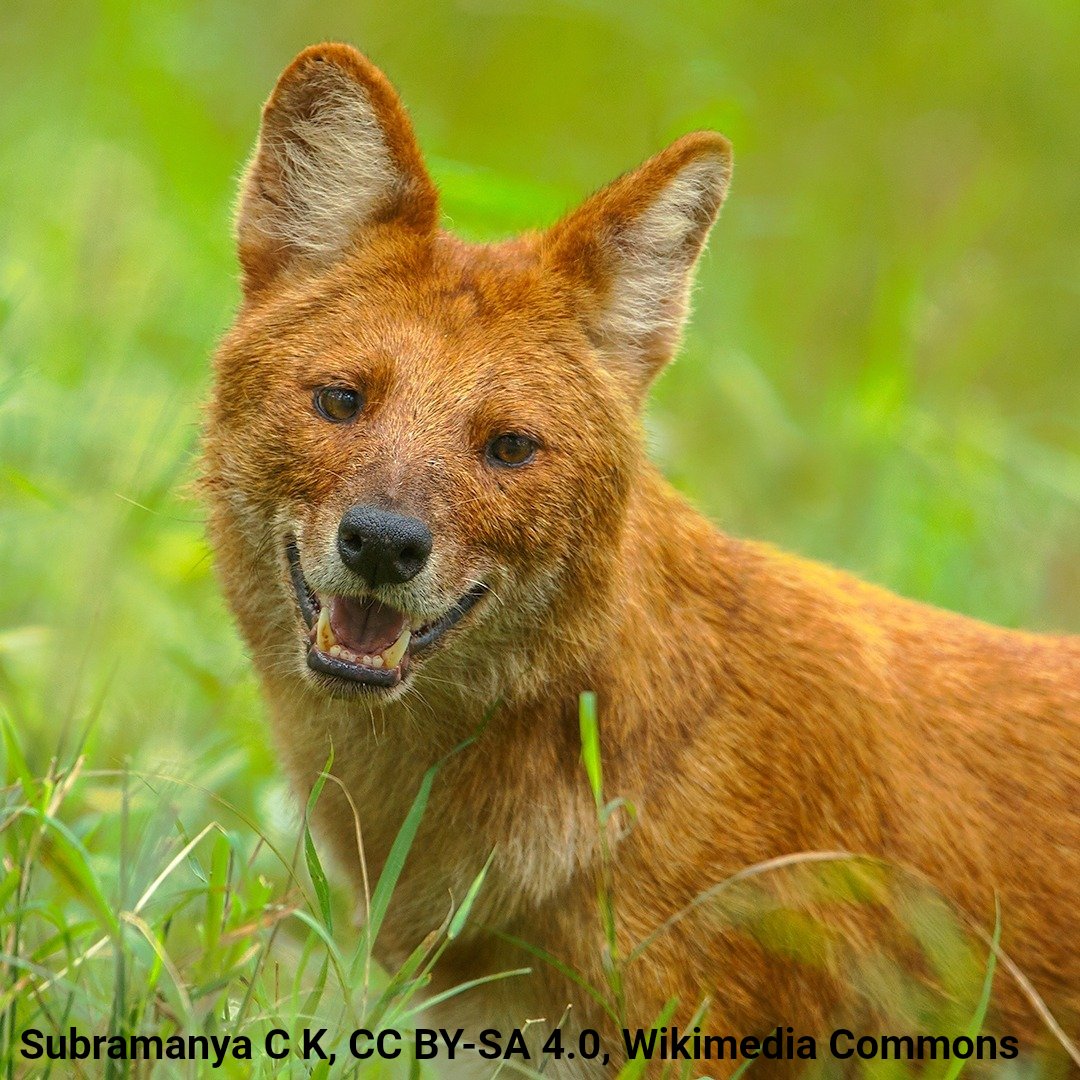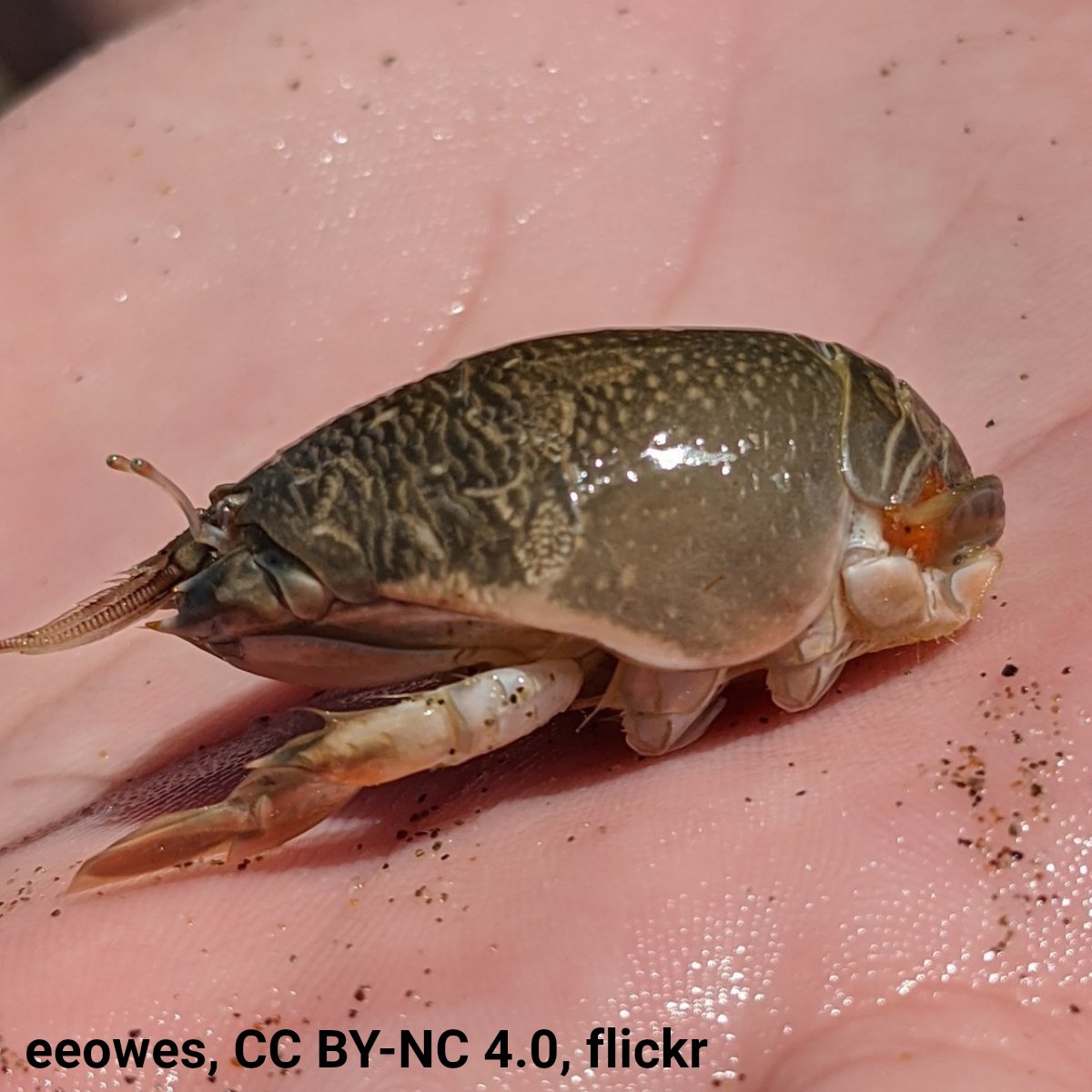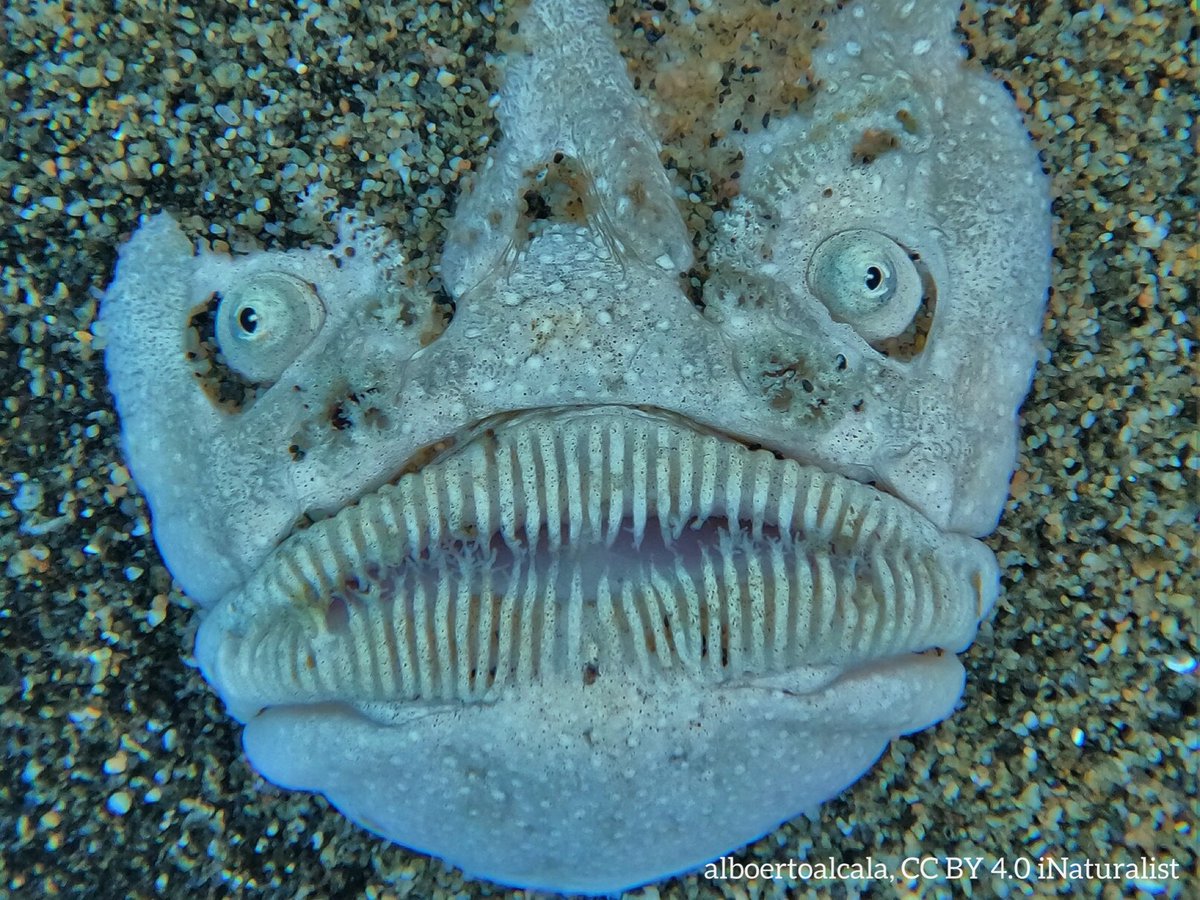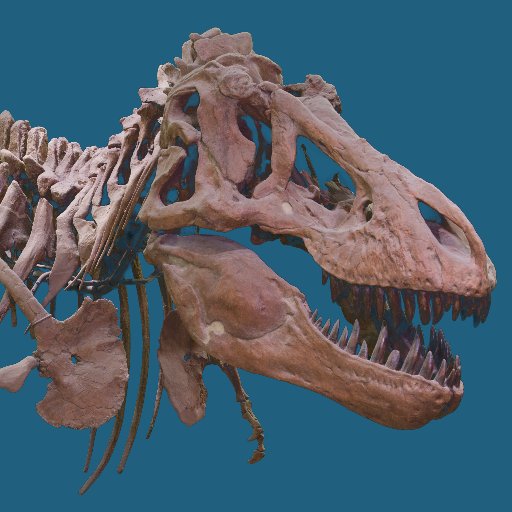
American Museum of Natural History
@AMNH
Followers
497K
Following
15K
Media
13K
Statuses
25K
The American Museum of Natural History is one of the world's preeminent scientific and cultural institutions. This is not a monitored account.
New York City
Joined October 2008
You can spot Patagotitan mayorum on the Museum’s Fourth Floor! Plan your visit:
www.amnh.org
Start here: find out how to get to the Museum, reserve tickets, and map out your must-see exhibits.
0
1
15

